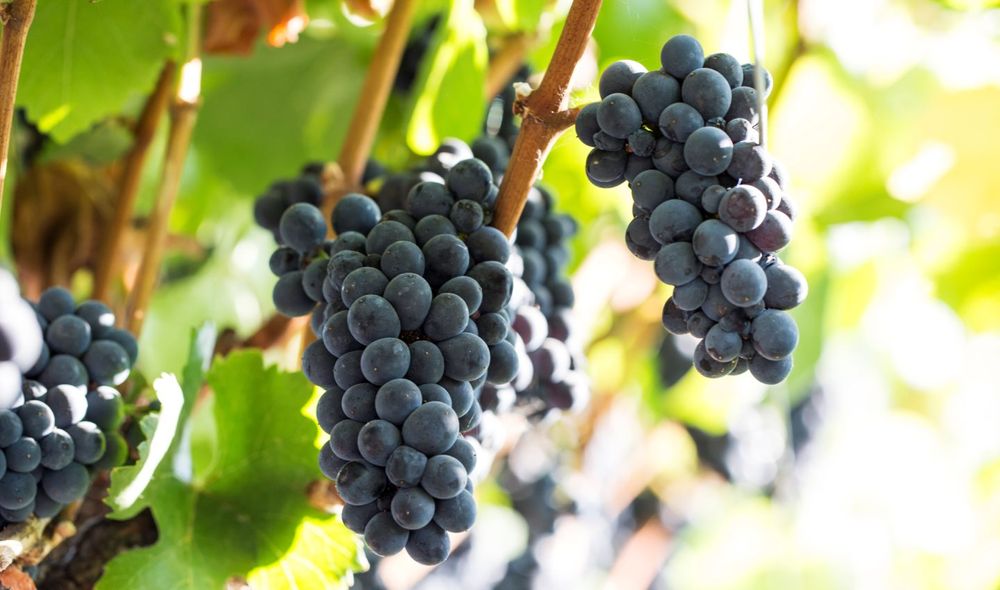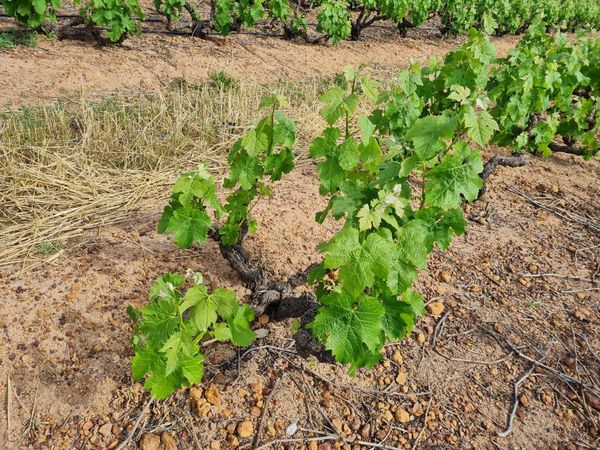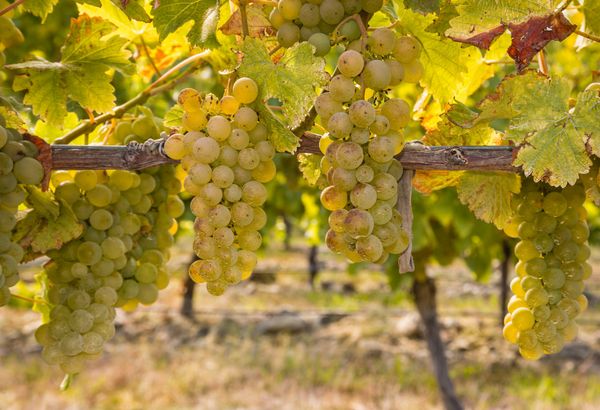Your essential guide to Pinot Noir
Pinot Noir is most notably associated with Burgundy and Champagne. This black, noble grape is carefully tended and expertly crafted into some of the world's most expensive wines. But what is it that makes Pinot Noir so attractive and are South African Pinot Noirs any good?
Growing regions
Pinot Noir is a thin skinned, black grape that is notoriously prone to disease and rot. It is the grape grower's most hated and most loved grape; there is great pride in tending to a healthy crop of Pinot Noir grapes.
Due to its thin skin and propensity to disease and rot, the vines grow best in cooler climates with adequate airflow. Too much sun and heat can very quickly cause sun damage and cause the grapes to loose the delicate floral and fresh fruit flavours that make Pinot Noir what it is.
Burgundy is widely regarded as the home of Pinot Noir, but the grapes can be found in numerous other Old and New World wine regions where premium quality wines are being produced.
In Europe, apart from France, Baden (Germany) is also known for producing premium Pinot Noir, albeit under the name Spätburgunder.
New World regions that are proving to be well-suited to this grape include Los Carneros and Sonoma in California, Martinborough, Marlborough and Central Otago in New Zealand, Yarra Valley, Tasmania and Mornington Peninsula in Australia, Casablanca Valley in Chile and of course the cooler coastal regions of Walker Bay, Hemel-en-Aarde Valley and Elgin of South Africa.
Styles of Pinot Noir
Pinot Noir can be made in a light and fruity style, rosé, sparkling or a complex, brooding, oak matured, savoury and smooth style.
Chardonnay, Pinot Noir and Pinot Meunier (or simply Meunier) are the only varietals permitted in the production of sparkling wines. In these wines it brings depth, backbone and complexity to your glass.
Light, fruity styles often have hints of oak (either from being matured in old oak or with oak alternatives) to add some complexity and structure to what would otherwise be a lean wine.
The premium Pinot Noirs have grip, intensity and complexity along with intense fresh fruit flavours. These wines have the ability to age gracefully and develop flavours of mushroom, forest floor and cured meat.
Typical flavours and aromas of Pinot Noir
Pinot Noir is well-known for the fresh red fruit, mushroom and forest floor flavours that can develop over time.
Cooler climate Pinot Noir will show flavours and aromas of tart red fruit, earth, floral (hibiscus is often used to describe the floral aromas) along with a high acidity. Warmer climate wines will show riper fruit and lower acidity.
Raspberry and clove flavours are often found in wines that originate from the likes of South Africa, California, South Australia, Argentina, Central Otago and Chile, while cranberry and mushroom flavours are found in wines from France, Germany, Italy and Oregon.
Serving Pinot Noir
A glass of Pinot Noir is best served slightly chilled (12-15°C) and pairs very well with pork, chicken and mushroom dishes.
The high acidity of the wine can easily cut through a creamier dish, but care should be taken that the flavours of the food don't overwhelm the more delicate flavours of the wine.
Pinot Noir in South Africa
In South Africa, Pinot Noir is best suited to the Walker Bay, of which the Hemel-en-Aarde Valley is possibly the best-known, and Elgin regions. These regions have favourable cooling ocean influences and altitude that make them suitable for growing Pinot Noir.
Due to the almost unfavourable conditions for Pinot Noir in South Africa, clonal selection (the practice of choosing the vines that are best suited to the region/area) is of utmost importance to ensure that the best possible grapes can be produced. The most notable clones used in South Africa are 113, 115, 667 and 777.
South African Pinot Noir may taste of red fruits, such as raspberries, plums, cranberries and cherries. Aged Pinot Noirs often develop earthy notes, with hints of truffles, wild mushrooms, cured meat and exotic spices.
I recently had the privilege to taste three different South African Pinot Noirs, two from Elgin and the other from the Hemel-en-Aarde Valley. This tasting once again proved that one grape variety, sometimes in the same region, made in roughly the same manner can produce wines that are remarkably different from one another.
I hope that this has shed some light on the basics of this elegant grape varietal.
Thank you for reading! If you would like a list of suggestions for Pinot Noir wines or need to find out where to buy these in the UK or South Africa, please leave a comment below or send me an email.
If you would like to receive these articles in your inbox, click on the subscribe button and send me your email address.
You can follow The Wine Dream on Instagram and Facebook for more photos, tasting notes and reviews.




